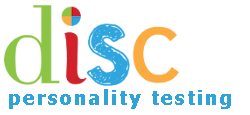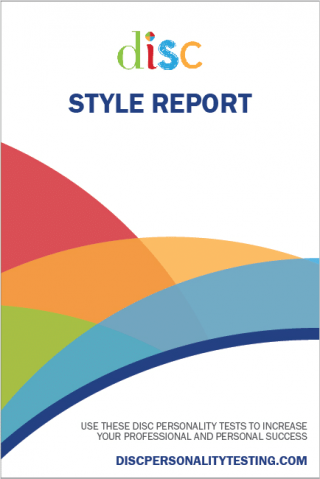This video is part of a series of questions that we wish people would ask us about using and applying the DISC model.
One of the questions that we wish people would ask, in fact, this might be the most important question of all.
It’s huge, and it’s:
How can I adjust my delivery and my communication with someone else, based on my knowledge of their DISC profile?
We recorded another video that addresses the question: How do I understand others better?
The question on this page is about how to adjust my delivery to be more effective with others.
Here’s how you start: first understand them based on the DISC model and then try the best you can to emulate or apply the behaviors that you see the DISC model teach.
For example, Guy had a mentor of tell him that he needed to learn how to smile to be more successful with people, and it didn’t resonate with him at all. He had no clue what that even meant because his natural tendency is to be completely monotone and straight faced. His mentor gave him some tips on how to do that, and he started paying attention to people with eye traits, smiling very freely, telling stories, using their hands as they spoke, and being very expressive. Then he started trying to practice those behaviors. First, in private so it wasn’t weird, and then with others. And one of the things he noticed is if he just practiced behaving in the way he saw a person behave, he could connect with them better. So, he now starts by trying to understand them, and then he pays attention to how they respond to situations and how he can apply their behaviors in his interactions with them so he can build a bridge to them.
It’s a highly simplified answer. And it makes a point about mirroring the other person to connect with them.
Likewise, >Kevin is more I style than C style.
He’s generally very expressive. However, Guy is more cautious, analytical, and logical. If Kevin is going connect with Guy, he needs to go to him with data and background information. Kevin needs to at least begin with something like: “Hey I know we still need some data, and I was thinking…”
Once you know a person’s basic DISC style, you can identify ways to better meet their communication needs.
We’ve hit on primary traits, and people are really blends of traits. For example, one of Guy’s secondary styles is D, which is dominant. So sometimes, Guy is more fast paced, he’s a little more task driven, not for the quality answer but for a quick answer. In those moments that he’s moving a little quicker, then Kevin can pick up his pace, cut out some details and data and focus more on getting it done than on analyzing. When Kevin knows Guy and his style, he can tune in to where Guy’s thinking is at the moment and respond accordingly.
The main idea is to try matching or moving towards their way of thinking as closely as you possibly can. Honestly, the idea of mirroring is probably a bit oversimplified, and it still makes a point. If you start with that idea and add to it the tools that the DISC model can provide, you’ve got something powerful.
Hopefully, these examples will help you apply the DISC model more successfully.
We leave you with this idea, most people take a DISC assessment to understand themselves, which is great. What we suggest is an expansion of that idea. The DISC model is useful for more than just understanding ourselves. It provides a framework for better connecting with, influencing, and communicating with others.

